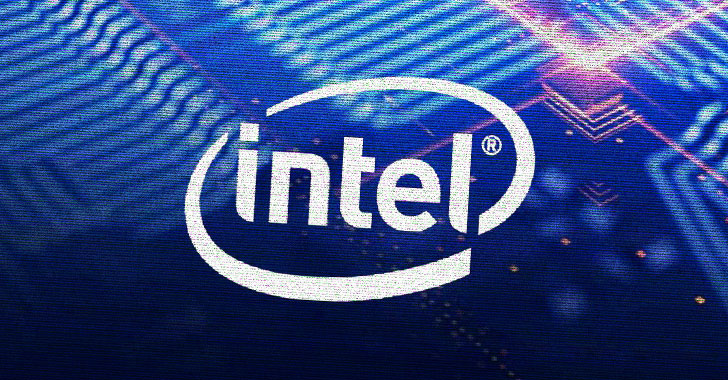

Intel’s recent financial disclosures revealed a challenging landscape for the semiconductor giant as it announced significant cost-cutting measures following disappointing second-quarter 2024 results. The company plans to reduce its workforce by approximately 15%, impacting around 15,000 employees. This move is part of a broader strategy to achieve $10 billion in cost savings by 2025.
The company’s earnings per share for Q2 were significantly below analyst expectations, coming in at 2 cents adjusted versus the anticipated 10 cents. Revenue also fell short, totaling $12.83 billion compared to the forecasted $12.94 billion, representing a 1% decline year over year. Additionally, Intel reported a substantial net loss of $1.61 billion, a stark contrast to the $1.48 billion net income from the same period the previous year.
CEO Pat Gelsinger highlighted the necessity of these drastic measures, citing the need to align Intel’s cost structure with its new operating model. He acknowledged the company’s struggles with high costs and low margins, exacerbated by a revenue decline and a slower-than-expected benefit from emerging technologies like AI. Gelsinger emphasized that the decisions were some of the hardest he has made in his career, underscoring the commitment to maintaining a culture of honesty, transparency, and respect throughout the transition.
Intel also announced it would suspend its stock dividend starting next quarter to prioritize reinvestment in the business and aim for more sustainable profitability. The company’s capital expenditures for the full year are set to decrease by over 20%, reflecting a shift towards capital efficiency and more normalized spending levels.
The strategic reorganization includes several key priorities: reducing operational costs, simplifying the portfolio by cutting underperforming products, eliminating complexity by reducing bureaucratic layers, and integrating key software assets into business units. Additionally, Intel aims to reduce its non-variable cost of goods sold by roughly $1 billion in 2025.
Despite the near-term challenges, Intel is maintaining its IDM 2.0 strategy, focusing on re-establishing process technology leadership, expanding manufacturing capacity in the U.S. and EU, becoming a leading-edge foundry for internal and external customers, rebuilding product portfolio leadership, and delivering AI Everywhere.
In Q2, Intel’s Client Computing Group, responsible for PC chips, reported $7.41 billion in revenue, up 9% year over year. However, the Data Center and AI unit saw a 3% decline in revenue, totaling $3.05 billion. The company anticipates further sequential growth in data center revenue in the second half of the fiscal year, despite weakened consumer and commercial spending, particularly in China.
Looking forward, Intel is accelerating the production of Core Ultra PC chips designed for AI workloads, a move that has pressured margins but is expected to pay off as AI PCs are projected to grow from less than 10% of the market today to over 50% by 2026. Additionally, the company is transitioning chip production between plants in Oregon and Ireland to optimize future gross margins.
Intel’s recent joint venture with Apollo, involving an $11 billion investment in a chip manufacturing plant in Ireland, and the introduction of new AI-focused processors, signal the company’s commitment to innovation and long-term growth despite current financial setbacks. The revocation of export licenses to a major Chinese customer has also impacted revenue, adding to the complex challenges Intel faces.











